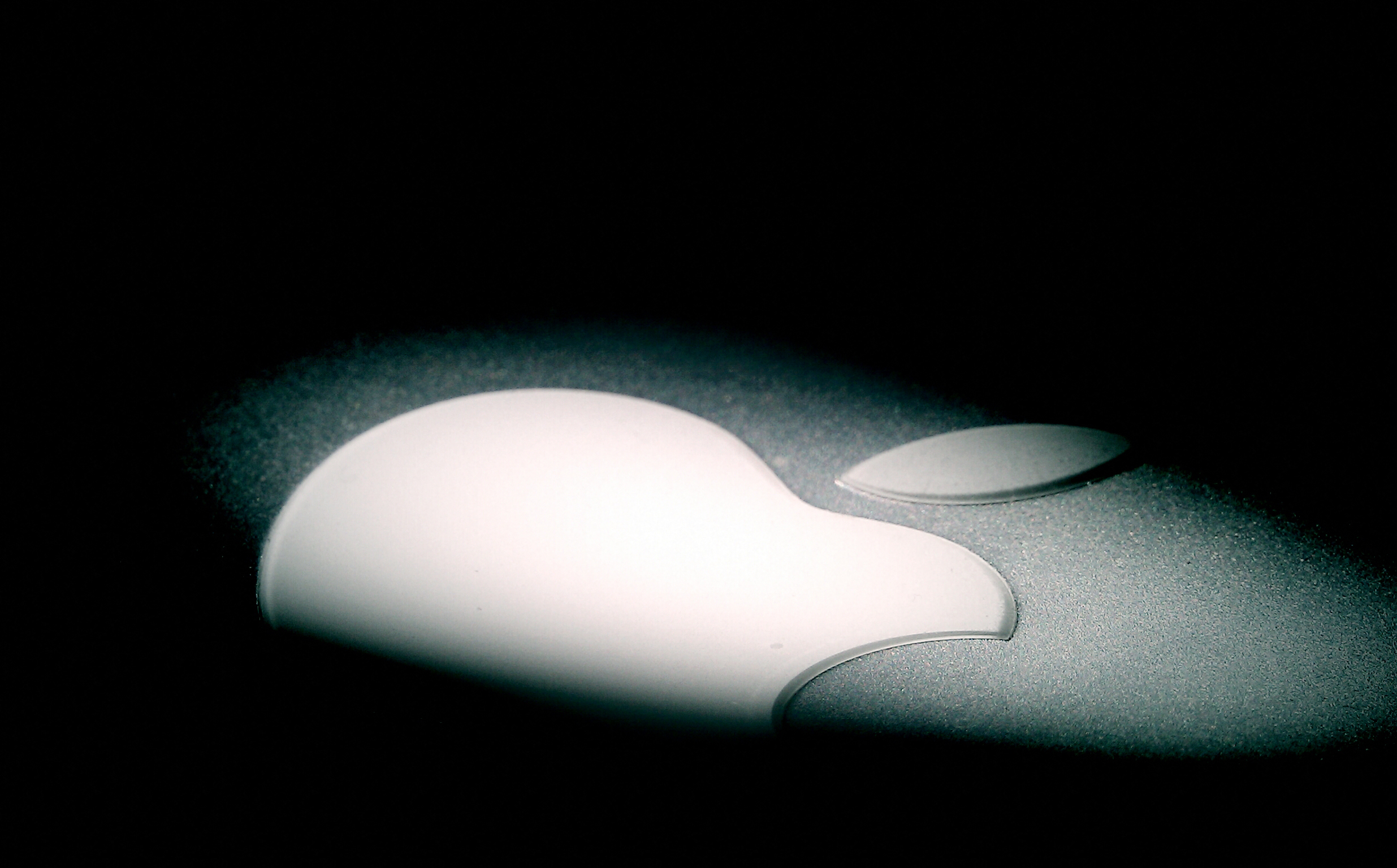As Apple’s iPhone 6s and 6s Plus preorder weekend progresses, I reflect on the week’s announcements. Increasingly, I see the company as the middle-aged boys club; men of a certain age designing products for rich, white, middle-age males. Of course, execs want women and people of other ages and classes buying pretty things, too. I refer to a mindset that seems to be core to Apple’s post-Steve Jobs design ethic.
“Products without purpose” I call new MacBook, Apple Watch, and iPad Pro. Where once Steve Jobs filled niches and created new categories, CEO Tim Cook and company create new Apple ware for which there is little to no need whatsoever.
Consider 3D Touch, as example. It’s the single-most touted feature on the new iPhones and extends Apple’s longstanding obsession with touch, which goes back at least as far as the original Macintosh in 1984. Synchronization was the connected device age’s first killer app. Touch was second. But the finger is an anachronism compared to voice. Touchless interaction is the next big thing. While Apple brew hoos about smarter Siri, touch gets greater emphasis for this release cycle, than the touchless UI.
Touch is the past, not the future. All these new gestures that supposedly make interacting with the device and its contents easier can’t be as simple as voice. I see 3D Touch as introducing more complexity, rather than reducing it.
The Right Benefits
Jobs was unique in his Zen-like, understated, artistic design approach that is best described as good taste in product design. That’s a rare characteristic in someone of any age. The middle-aged men running Apple today, even the esteemed Jony Ive, don’t show they are able to achieve the same aspirations.
Microsoft languished as its founders grew older, and it needed younger blood to restore some vitality. This problem isn’t unique to Apple.
The difference: Apple has long made products with purpose, and often unexpectedly. True innovation is this: Invention of something people don’t know they need until they use it and then react: “Wow, why didn’t I think of that? It’s so obvious”.
Apple achieved such success by focusing on benefits not features. But even then, a company has to identify the right benefits. Features and benefits are easily confused, My favorite analogy: The wrapper that goes `round the to-go coffee cup. The wrapper is a feature. Protecting your hand is a benefit. If the barista shop added a LED counter that read off the temperature and charged a dollar more for the brew, many—c`mon on most—people would find that as a feature delivering no meaningful benefit.
Pay-more Principle
Specifically with respect to Apple, part of the problem is objective: What I call the “pay more”, or “buy more”, principle. The top-line customer goal isn’t to satisfy but to addict. Get people coming for the newest fix. “Oh, but this one is so much better! Rose gold is the new gold! I must have it!”
This principle existed during Steve Jobs’s time, too. The difference: How Cook and company reposition Apple as a brand for the elite. Look at all the high-end bling, like the gold Apple Watch and new models coordinated with Hermes. Behind it all is increasingly diverse configurations and many more models to choose from.
As product lines become more complicated, the priority shifts from customer satisfaction to maximizing margins. Tech products are not varieties of toothpaste. How many Apple Watch, iPhone, or iPad configurations do there need to be? Too much choice creates customer confusion and diminishes satisfaction. The approach increases manufacturing and distribution costs, which Apple passes onto customers in higher pricing to maintain fat profit margins.
Margin-fattening price increases are not always immediately obvious. Consider AppleCare+ for iPhone, which this release cycle increases by 30 percent—to $129 from $99. Device replacement cost is higher, too. The plan extends the normal warranty to two years and provides damage protection. Replacement was, and remains, for iPhone 6 and 6 Plus: $79 up to two instances. But customers will pay $99 for the newer models.
Too Much, Too Little
Tim Cook’s priorities differ from his predecessor. If you study the lifecycle of companies, patterns emerge. Those that succeed go from scrappy upstart to status quo.
Again, using Microsoft as example, growth slowed as products diversified too much, the target audience narrowed to enterprises, and features without purpose increased complexity while delivering little meaningful new benefits. That’s the juncture where I see Apple today.
Simplicity defined the Steve Jobs era. Complexity defines his successor’s stewardship. That ain’t good.
Photo Credit: John Mitchell
Editor’s Note: This commentary first appeared on Byline.
